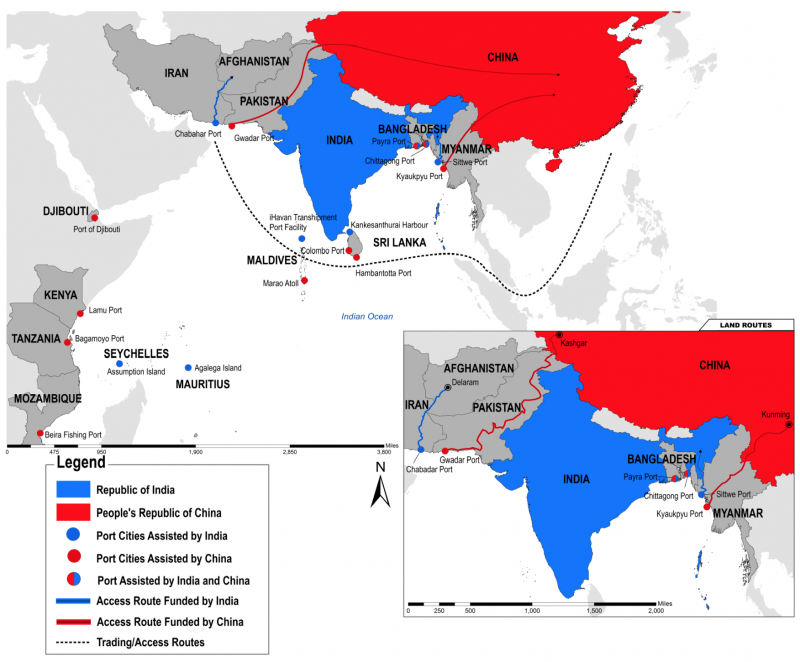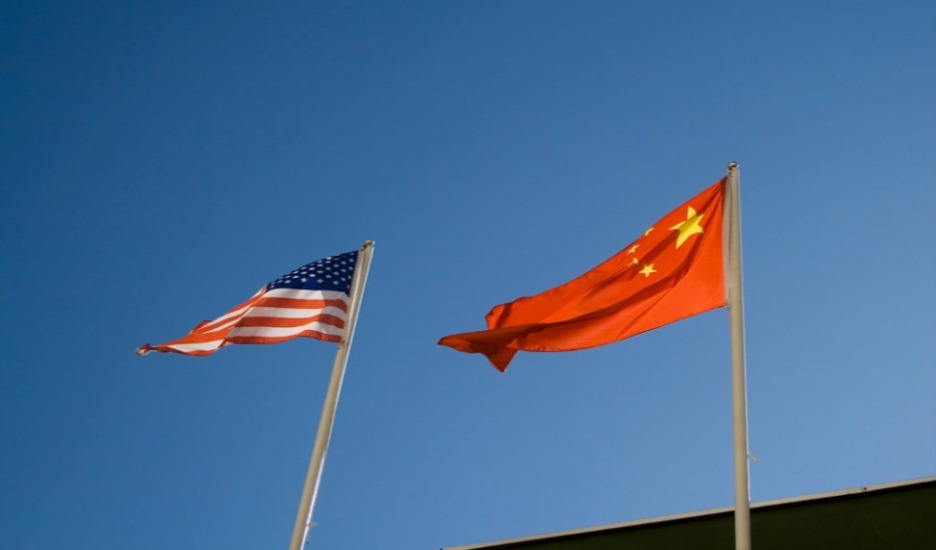A New Great Game Rises: China and India's Growing Strategic Rivalry in the Indo-Pacific
Last week, Indian Prime Minister Narendra Modi and Chinese President Xi Jinping launched a soft power battle in America. It’s a battle being replicated in capitals throughout the world at the moment, with China enjoying hard power advantages and India utilizing its soft power leverage for all it can.

Published by The Lawfare Institute
in Cooperation With

Last week, Indian Prime Minister Narendra Modi and Chinese President Xi Jinping launched a soft power battle in America. It’s a battle being replicated in capitals throughout the world at the moment, with China enjoying hard power advantages and India utilizing its soft power leverage for all it can.
Over in Foreign Affairs, Dr. Rani Mullen and I have a piece describing the growing rivalry between India and China throughout the Asia-Pacific and how the United States can effectively manage what we call “the new great game.” As China asserts itself from the South China Sea to the Strait of Hormuz, smaller states are both embracing Chinese investments and hedging against potential Chinese coercion. India is playing an ever more important role in this dynamic as it seeks to limit Chinese influence in the ocean that shares its name and capitalize on an opportunity to expand its own trade, development, and military ties. This dynamic is likely to continue in the coming decades as India's own economic and military might increases. Drawing on research conducted by the Indian Development Cooperation Research program at the Centre for Policy Research (with which we are both affiliated), we examine four different case studies (Bangladesh, Myanmar, Pakistan/Iran, and Sri Lanka) and argue:
Chinese President Xi Jinping’s visit to Washington has had media outlets abuzz about cybertheft and sandcastles rising out of the South China Sea. But in many ways, these issues are side plots to a larger story: the New Great Game for influence in the Indo-Pacific, which has arisen at the confluence of three strategies, China’s Maritime Silk Road, India’s Act East Policy, and the United States’ Rebalance to Asia. It is possible for all three strategies to work together, but it won’t be easy—particularly for the United States.
…
The waters between the Indian Ocean and the disputed Spratly Islands in the South China Sea are shaping up to be the front lines of a new great game that will spread throughout the Asia-Pacific. The game is much more complex than that between the British and Russian Empires over control in Central Asia during the nineteenth century. The front lines won’t be distinct or impenetrable; instead warships will mingle with cargo freighters and oil tankers as great powers seek to balance one another in the sea lanes. The potential gains in this game will be much greater, but the competition will be much more difficult to manage.
You can read the full article in Foreign Affairs.


.jpg?sfvrsn=5a43131e_9)


